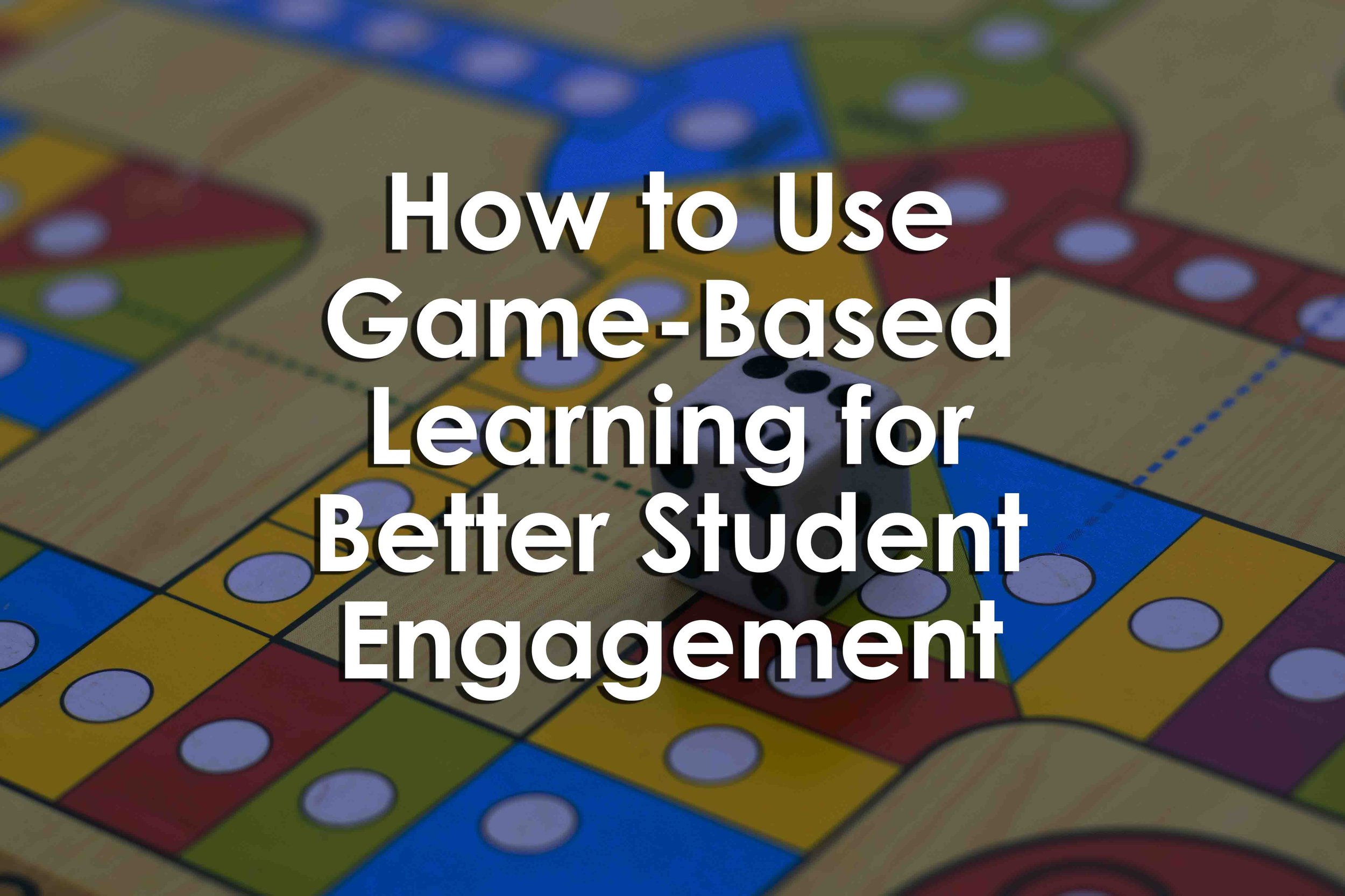How to Use Game-Based Learning for Better Student Engagement
How to Use Game-Based Learning for Better Student Engagement
How to Use Game-Based Learning for Better Student Engagement
Meaningful student engagement is crucial for effective learning in today's quickly changing educational world. When compared to the fast-paced, participatory world of technology and games, traditional teaching approaches often fail to catch the attention of today's students. This is a situation where game-based learning could prove useful. Integrating elements of game design and gaming into the classroom has been shown to increase student engagement and performance in the classroom.
Set Clear Learning Objectives
Learning through games should not be used as a diversion, but rather to accomplish certain pedagogical goals. Incorporating game-based learning into online master degree programs will certainly help students in determining their educational objectives and learning goals when participating in games as part of their coursework. The goal could be anything from general problem-solving practice to the mastery of a specific mathematical idea. Students are more likely to participate actively in the game if they have a firm grasp on its goals.
Choose the Right Games
Choosing appropriate games for your curriculum is the first step in incorporating game-based learning. It is important to thoroughly assess prospective possibilities because not all games are appropriate for instructional purposes. Try to find video games that relate to the topics covered in class. From science and math to English and history, there is a wide range of topics covered by downloadable instructional games.
Incorporate Games into the Curriculum
The effectiveness of game-based learning is enhanced when it is easily incorporated into the curriculum. Figure out how to use games to improve education. You can use them as homework or in the classroom to supplement what the student is learning. Make sure the games are relevant to the lessons you are teaching.
Provide Guidance and Support
Students may still require direction and help, despite the fact that games can be quite interesting. Provide detailed explanations of the rules and goals of the game. Maintain approachability toward inquiries and pleas for assistance. Students should not feel awkward about seeking help from teachers or other adults if they get stuck.
Access Learning Progress
Assessment is still an important aspect of education, even when it's delivered in the form of a game. Monitor students' progress within the game to ensure they're developing the appropriate abilities. A few examples of these are tests, group conversations, and journaling about their gaming experiences. The game's ability to assist students learn can be evaluated through the use of assessments.
Reflect and Improve
It is important to evaluate the success of game-based learning after it has been implemented. Collect student comments and evaluate whether or not your teaching and learning goals were achieved. That information can help you find the sweet spot in your game-based instruction. It's possible that experimenting with new games or adjusting the way they're integrated into the curriculum could help you achieve your goals of increasing student engagement and learning results.
Endnote
Exciting, intriguing, and adaptable best describe the gaming-based education system. Teachers may leverage the potential of game-based learning to encourage student engagement and boost learning outcomes by making thoughtful game selections, establishing clear learning objectives, integrating games into the curriculum, offering help, and measuring progress. In a classroom that takes this novel approach, students who are engaged, enthusiastic, and stretched academically will thrive.


